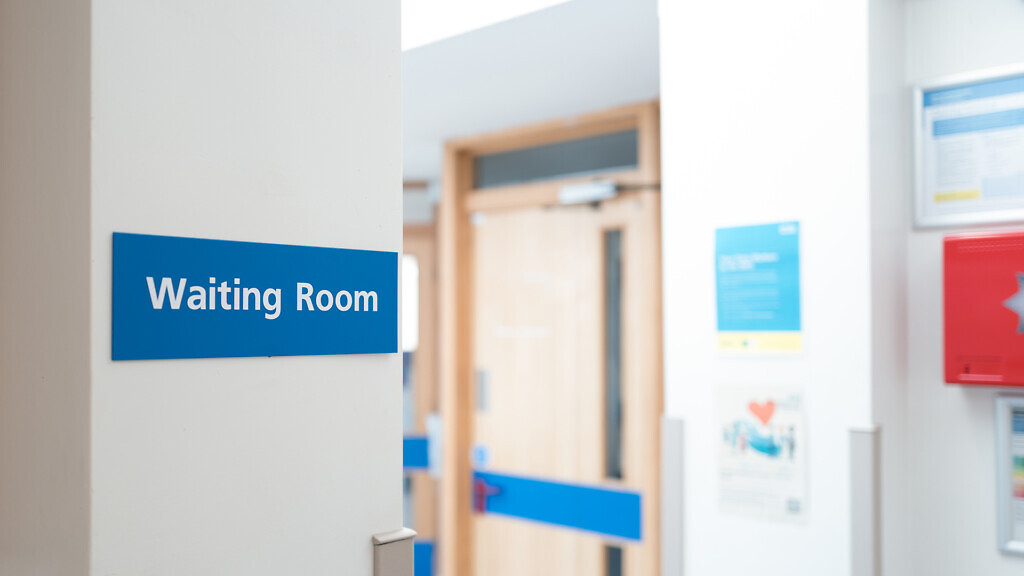The recent decline in NHS waiting lists to their lowest level in five months offers a glimmer of hope for a healthcare system under immense pressure. However, the current rate of progress is not fast enough.
To truly make headway, the NHS must tackle inefficiencies at its roots. One pressing issue that demands attention is the high number of missed appointments, or “Did Not Attend” (DNA) instances. Reducing these could prevent further backlog growth and bring relief to both patients and healthcare providers.
Understanding the problem
DrDoctor recently conducted the largest survey to date on DNA patients, gathering insights from more than 5,000 individuals to understand the barriers preventing them from attending scheduled hospital visits better. The findings paint a nuanced picture that challenges common misconceptions. While public narratives often attribute missed appointments to patient negligence or apathy, the reality is far more complex.
According to the survey, 93% of patients who missed a hospital appointment in the past two years did want to attend. Their reasons for missing appointments were largely out of their control, highlighting a need for greater empathy and systemic change. This is a critical insight: the problem isn’t a lack of motivation but rather a host of logistical, psychological, and cultural barriers.

The cost of missed appointments
Missed appointments are not just a logistical inconvenience – they represent a significant strain on NHS resources. With more than 8 million appointments missed annually, the financial and operational toll is staggering – while figures vary, even a conservative estimate puts the physical cost of missed appointments at nearly £1 billion annually, that’s enough to pay for the salaries of 26,100 nurses.
Beyond the immediate waste of resources, DNAs contribute to longer wait times and consequently reduced patient outcomes, perpetuating a cycle of inefficiency. Zooming into one specific area, a recent report from Royal College of Obstetricians highlighted that of the 760,000 women waiting for non-urgent gynaecological care, 70% said their ability to work or socialise was affected.
The catalyst for missed appointments
Patients are significantly more likely to prioritise other commitments over hospital appointments. For instance, nearly three-quarters of patients who have previously missed an outpatient appointment said they would attend a personal training session, while just over half would reliably make it to a hospital visit.
So, what makes hospital appointments so much harder to attend?
- Travel and Accessibility: Long distances, unreliable public transport, and high travel costs make attending appointments a challenge for many patients.
- Work Commitments: Taking time off work, especially for those in precarious employment situations, means many can’t afford to take the time off to attend.
- Medical Anxiety: 42% of respondents said that they feel anxious in the lead-up to a hospital appointment – making it perhaps less surprising that DNA patients are most likely to miss a hospital appointment over any other type of appointment.
- Cultural and Language Challenges: Patients from diverse backgrounds note struggles with language or cultural barriers to navigating the healthcare system.
Smarter solutions
How can the NHS and the entire healthcare ecosystem address these challenges effectively? For me, the answer lies in interventions like targeted AI technology – we do not need to reinvent the wheel, we just need to work smarter.
AI-driven patient engagement can significantly enhance healthcare outcomes by analysing patient data and identifying individuals at higher risk of missing appointments. Tailored interventions, such as automated reminders sent at optimal times and personalised messages addressing specific concerns like travel logistics or appointment importance, could improve attendance rates. Flexible scheduling options, including evening and weekend appointments such as those promised by Labour last year, can further accommodate patients’ busy lives. And by giving patients more control over their care, unrealistic or inconvenient appointments could be rescheduled to suit them, significantly reducing the likelihood of no-shows.
Working in tandem with new technology, clear and empathetic communication is essential to build trust and ensure engagement. Accessible appointment systems that use text messages, apps, or telephone calls depending on preference help trusts reach their patient population where they are. Further efforts to provide multilingual and culturally sensitive information about appointments would also help bridge the gap for diverse communities. Finally, addressing medical anxiety by firstly being aware of who struggles with it and secondly offering initiatives such as pre-appointment counselling can encourage attendance. Trust-driven, peer-support networks and patient-education programs can demystify the healthcare process, fostering a more positive patient experience.
Looking ahead
The DNA issue is just part of a raft of challenges facing the NHS, something the government is making strides both to acknowledge and fix. And while there are no silver bullets, targeted efforts to remove barriers and improve patient engagement can yield significant benefits and help us take a huge step forward. The NHS already has strong foundations to build upon. Its digital infrastructure, commitment to patient care, and experienced workforce provide a solid starting point. By integrating smarter, patient-centred solutions, the healthcare system can reduce DNAs and alleviate pressure on waiting lists.
Addressing these DNAs is not just about cutting costs, it’s about delivering better care and improving outcomes for millions of patients.
Tom Whicher is the founder and CEO of leading patient engagement platform DrDoctor.




